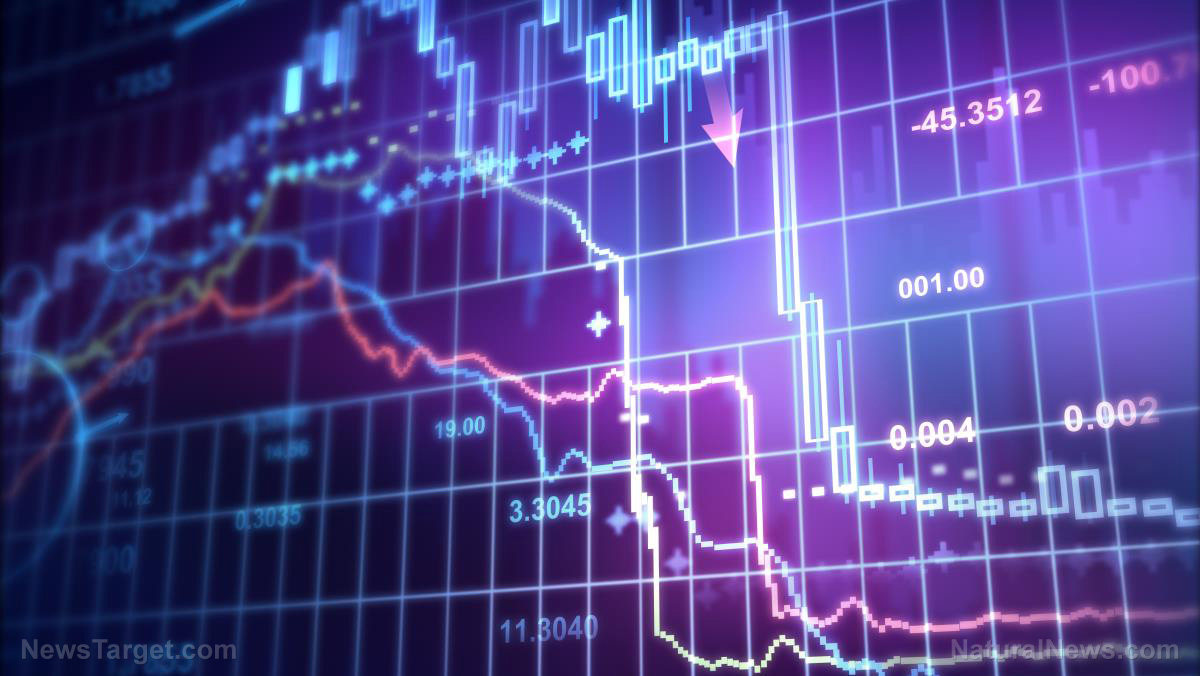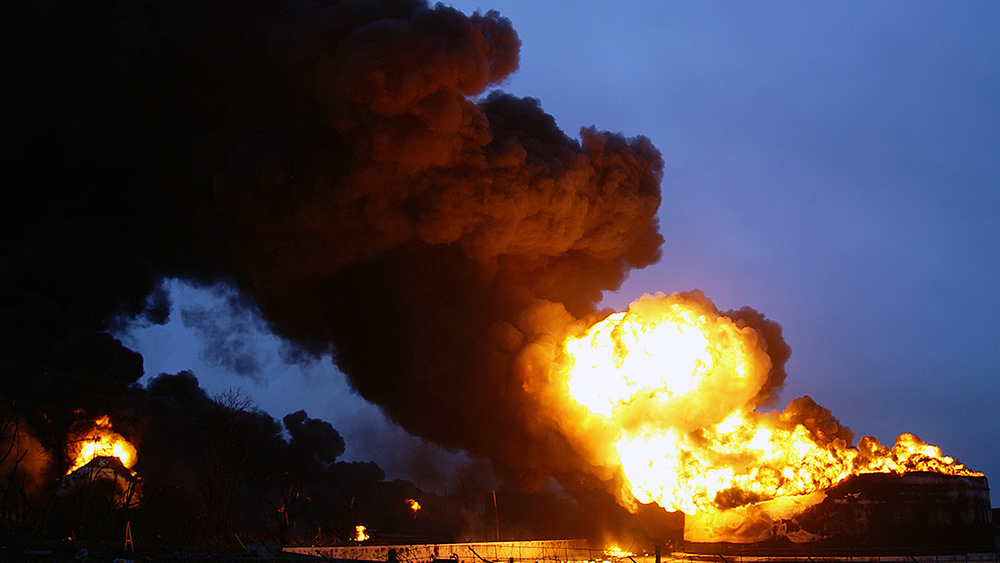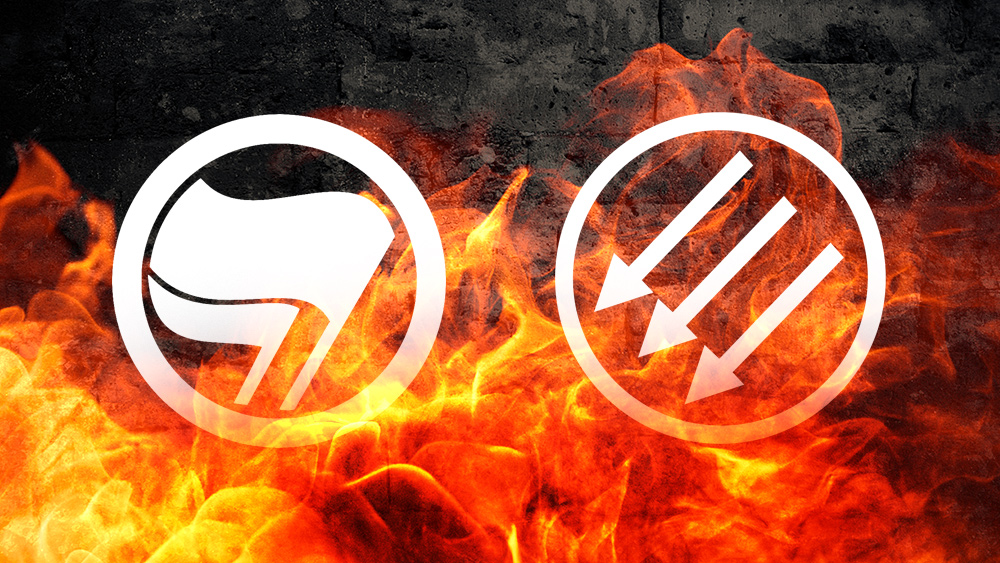
Many people thought that the global financial markets would not be affected by the Russia-Ukraine War. They were wrong.
Investors have received a harsh warning during the past week with the stock prices plunging, commodity prices going absolutely crazy and a dark cloud of fear blanketing Wall Street. The war in Ukraine has forever transformed economic and financial situations. And as it begins to sink, the level of panic will further grow in the coming days.
At this time, people are discussing the price of oil which has already gone up, but not many expected this sudden change to happen so soon.
As the price of oil moves up, so does the average price of gasoline in the United States. And the all-time record was recently broken, according to Gas Buddy. (Related: US crude oil surges to 13-year high of $130 a barrel as Russia-Ukraine war escalates.)
Some investors are already expecting that things will get even worse during the coming weeks.
Oil prices could reach $300 a barrel
It may not happen right away and people will sooner or later see oil trade for $200 a barrel. And the Russians are actually saying that it could reach $300 a barrel.
Rather than doing something to fix the crisis, the Biden administration continues to act as if Americans are living in a fantasy world. Even Vice President Kamala Harris was brought forward to promote the use of electric vehicles to every American.
Harris may not be aware that the large majority of the American people can't afford to buy a new electric vehicle at this time. A large number of Americans are just going to have to be economical with the vehicles that they have right now and filling up with gasoline is going to be extremely painful.
Wheat futures closed limit at a record $1,425, which translated into an all time high $12.94 per bushel, due to fears that there will be a cut off from the Ukraine and Russian output.
The price of wheat has continued to increase and the warning that America and the rest of the world are headed into an unimaginable global food crisis is no longer an overstatement. The era of cheap bread will soon be over and it won't be long before a loaf of bread worth five dollars is considered a bargain.
Other commodities are also rising even quickly than the price of wheat.
Nickel prices soar at record high
Nickel prices increased by 90 percent to a record of over $55,000 per metric ton, which is the highest on the London Metal Exchange's 35-year history of contract trading, as panic over Russian supplies caused a historic quick squeeze.
Russia is an important player in the global nickel industry. The country is a huge producer of nickel, providing about six percent of global demand. Over 70 percent of the nickel production is used in stainless steel with seven percent going into EV batteries, where demand is growing in enormous proportions. EV batteries use highly pure "Class-1" nickel, with Russia's MMC Norilsk Nickel PJSC producing 17 percent of the supply.
As commodities rise, stock prices keep their frightening drop.
On March 7, the worst day of the year for both the Dow and the S&P 500 was witnessed as stocks fell anew following four consecutive weeks of decreases.
The Dow Jones Industrial Average closed at 32,817.38 after losing 797.42 points, weighed down by nearly eight percent loss in American Express. The S&P 500 dropped close to three percent to 4,201.09, going deep into correction territory. The 500-stock average stays more than 12 percent from its record close.
The Nasdaq Composite, meanwhile, dropped 3.6 percent to 12,830.96, and now rests in bear market territory. At this time, there are several tech stocks that are already down more than 75 percent from their all-time marks.
Watch the video below to know if the stock market is heading for a crash or normal correction.
This video is from the What is happening channel on Brighteon.com.
More related stories:
Ongoing Russia-Ukraine conflict pushing global economy closer to collapse.
Financial pressures rise worldwide as governments witness the unfolding of the Russia-Ukraine crisis.
Price of wheat soars to record high as war between Russia and Ukraine continues.
Russia-Ukraine conflict not helping American companies with their supply chain problems.
Follow Collapse.news to know more about the crumbling global markets.
Sources include:
Please contact us for more information.





















